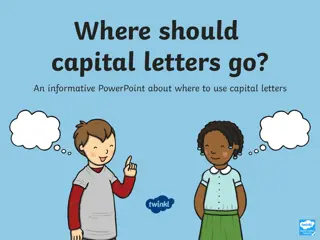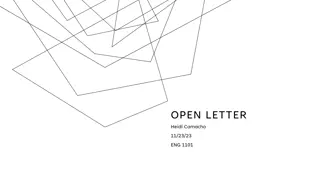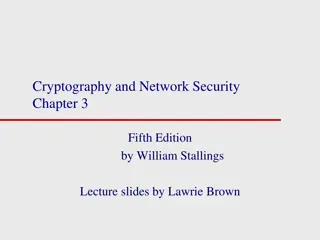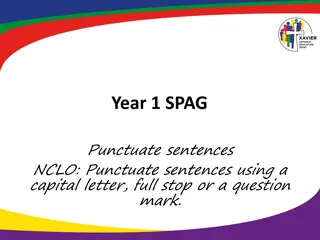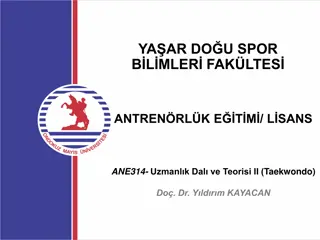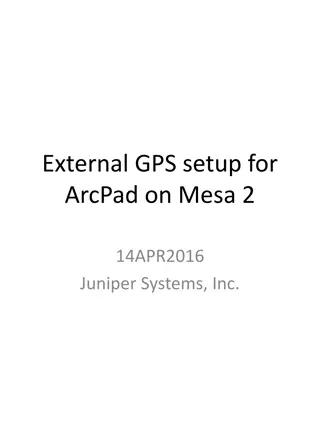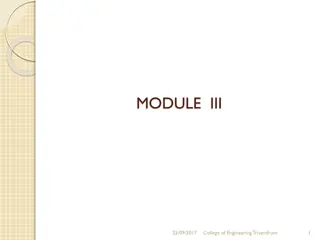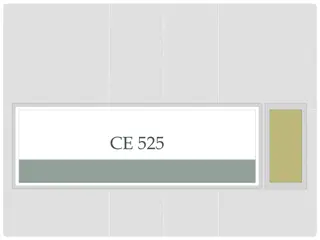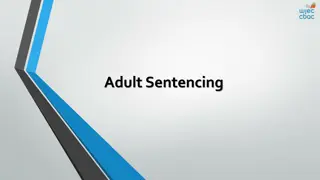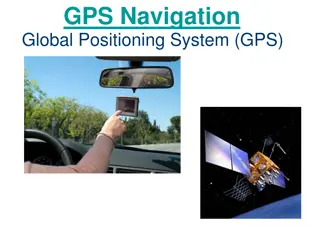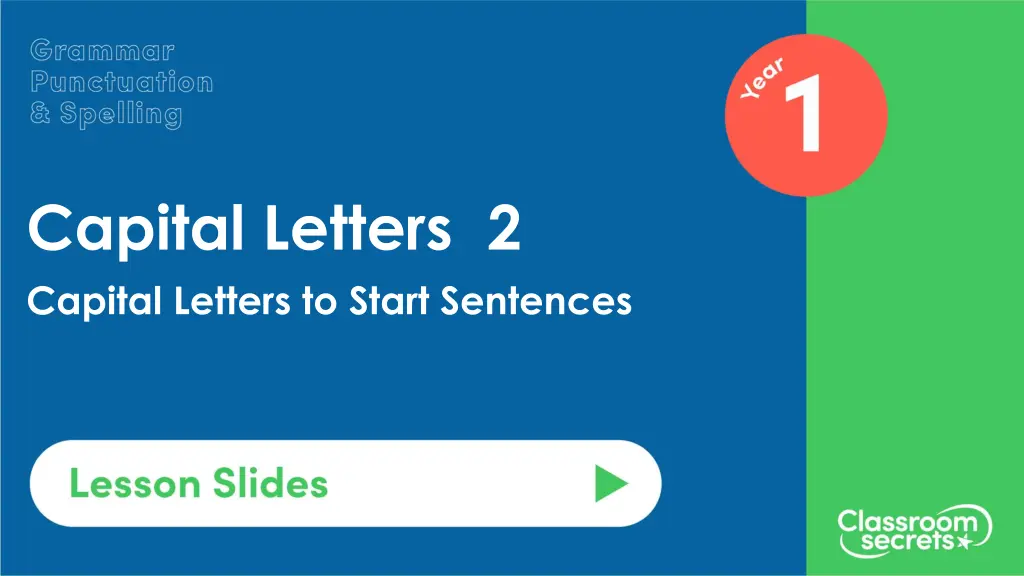
Understanding Capital and Lowercase Letters for Better Writing
Learn the importance of using capital and lowercase letters correctly in sentences. Discover the difference between capital and lowercase letters, how to start sentences with a capital letter, and the significance of punctuation like full stops. Practice matching lowercase letters to their capital counterparts and ensure your sentences follow proper conventions for clear communication.
Download Presentation

Please find below an Image/Link to download the presentation.
The content on the website is provided AS IS for your information and personal use only. It may not be sold, licensed, or shared on other websites without obtaining consent from the author. If you encounter any issues during the download, it is possible that the publisher has removed the file from their server.
You are allowed to download the files provided on this website for personal or commercial use, subject to the condition that they are used lawfully. All files are the property of their respective owners.
The content on the website is provided AS IS for your information and personal use only. It may not be sold, licensed, or shared on other websites without obtaining consent from the author.
E N D
Presentation Transcript
Capital Letters 2 Capital Letters to Start Sentences
Key Information A letter is a symbol that represents one or more sounds. A lower-case letter is the small form of a letter of the alphabet. A capital letter is also called an upper-case letter. It is a large form of a letter in the alphabet. For example: A, B, C A sentence is a group of words which makes sense by itself. It starts with a capital letter and ends with a full stop. A full stop (.) is a little dot used to mark the end of a sentence.
Lets start with a question about lower case and capital letters, which is linked to the new learning later in this lesson.
Match each lower-case letter to its capital. J G q j B Q g b
Match each lower-case letter to its capital. J G q j B Q g b
Now that we are ready to move on, we can learn more about using capital letters to start sentences.
The first word in a sentence always starts with a capital letter. Olivia likes oranges and grapes. All the other letters in the sentence above are lower-case letters.
All sentences must start with a capital letter. Leo throws the ball and his dog chases after it. My food is cold but I will still eat it. We can do a jigsaw or paint a picture.
We use a full stop at the end of a sentence to show the reader that the sentence has finished. We must always wear a seatbelt in a car. This will keep us safe.
A sentence always ends with a full stop and the following sentence always starts with a capital letter. My mum got a new video game for me. It is great fun.
Tick the sentences that use capital letters incorrectly. Archie Enjoys Football And Cricket. THERE are 29 children in our class. reading is one of my favourite things to do. Anisa is a very kind and helpful person.
Tick the sentences that use capital letters incorrectly. Archie Enjoys Football And Cricket. THERE are 29 children in our class. reading is one of my favourite things to do. Anisa is a very kind and helpful person.
Underline the words in the sentences below that need a capital letter. in winter, I love to build a snowman when it snows. the kind, young man helped the old lady cross the road.
Underline the words in the sentences below that need a capital letter. in winter, I love to build a snowman when it snows. the kind, young man helped the old lady cross the road.
Now that we have learnt to use capital letters at the start of sentences, let s apply our learning to a reasoning question.
Ivy has written two sentences below. We like playing on the swings. the slide is good fun too. She says, I have used capital letters correctly. Do you agree? Explain your answer.
Ivy has written two sentences below. We like playing on the swings. the slide is good fun too. She says, I have used capital letters correctly. Do you agree? Explain your answer. No, I do not agree because...
Ivy has written two sentences below. We like playing on the swings. the slide is good fun too. She says, I have used capital letters correctly. Do you agree? Explain your answer. No, I do not agree because Ivy has not use a capital letter at the start of the second sentence, after the full stop. The correct sentence is: We like playing on the swings. The slide is good fun too.
Youre ready to progress! Now apply your learning by trying some questions.
Which sentence is correct? A. OUR cat likes to sit on my lap. B. Mum has gone to buy more cat food. C. The Cat Loves To Play With A Toy In The Garden. Varied Fluency 1
Which sentence is correct? A. OUR cat likes to sit on my lap. B. Mum has gone to buy more cat food. C. The Cat Loves To Play With A Toy In The Garden. Varied Fluency 1
Correct the sentence and write it below. THEY went home after sports club. Varied Fluency 2
Correct the sentence and write it below. THEY went home after sports club. They went home after sports club. Varied Fluency 2
Write a sentence about the picture. Use the word bank to help you. read book box children Application 1
Write a sentence about the picture. Use the word bank to help you. read book box Various answers, for example: children Three children are reading books from a box. Application 1


